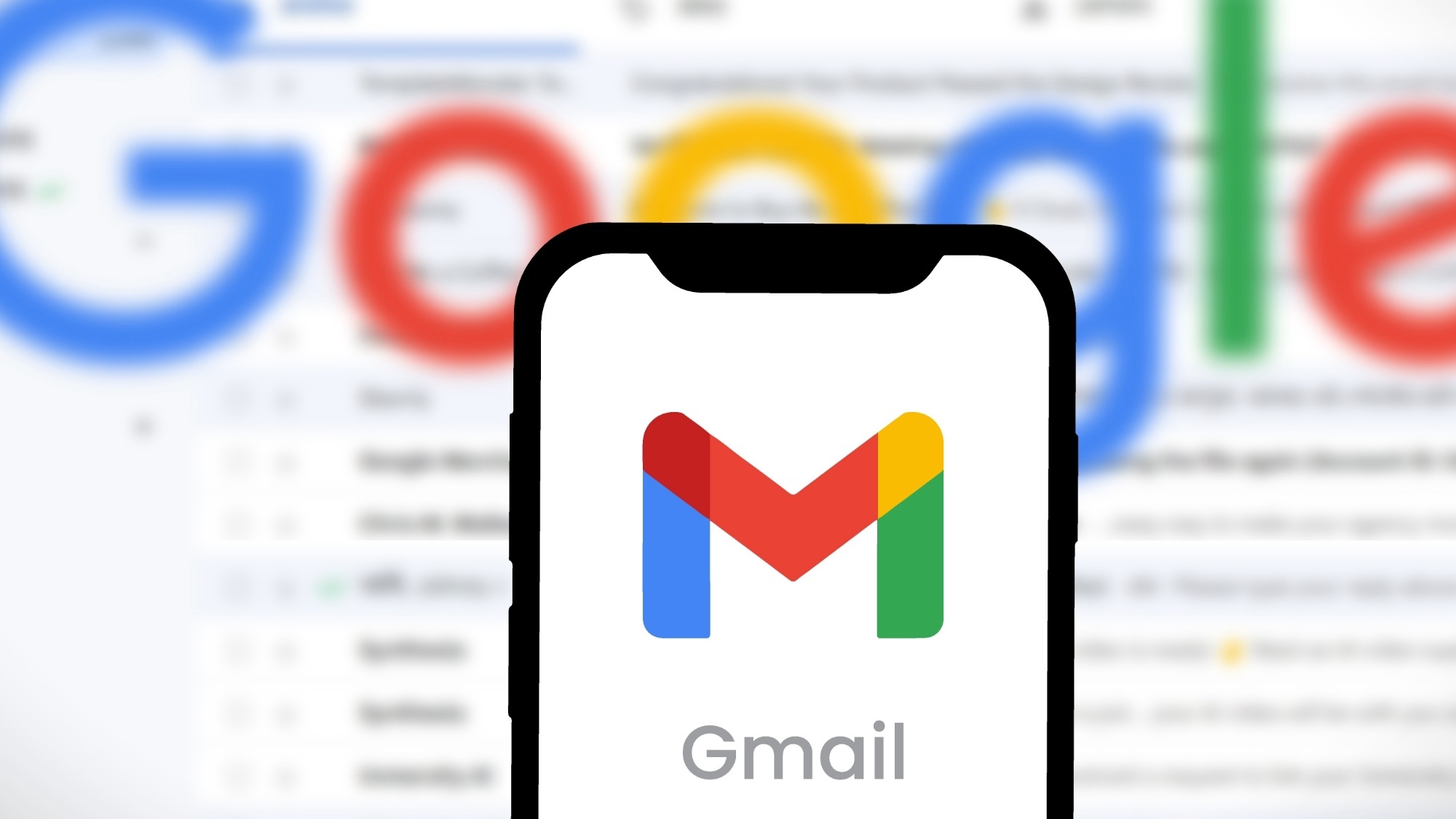Microsoft HoloLens 2 Rumor Roundup: Everything You Need to Know
The new HoloLens 2 from Microsoft is expected to be faster, offer a wider field of view and come with a cheaper price tag.
Microsoft's HoloLens was first announced four years ago as a solution for the corporate and education worlds. The device, an augmented-reality headset, aims at making people more productive and creating new ways for people to learn. But at a price of $5,000, it’s exceedingly expensive. And that has largely limited its broader appeal.
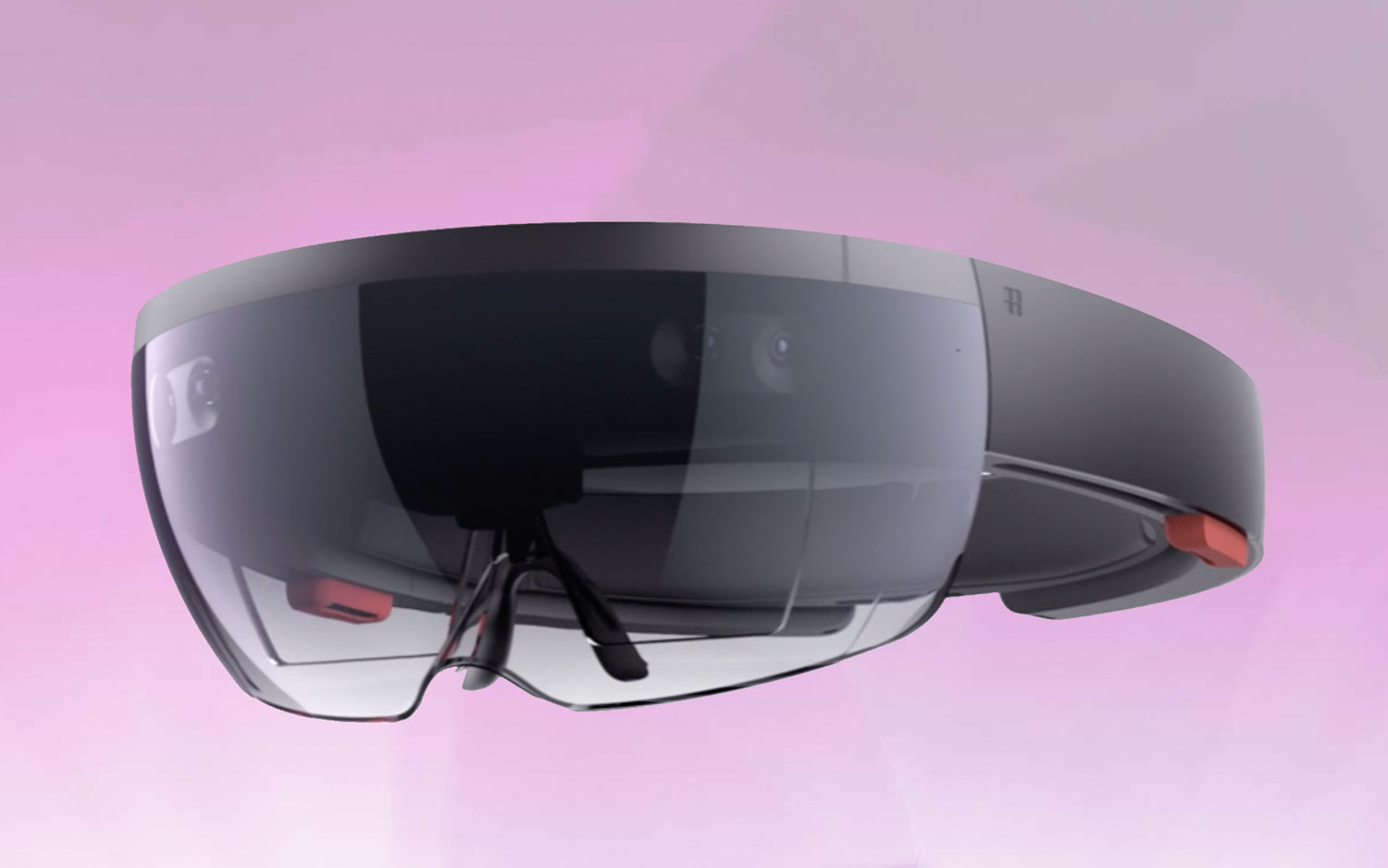
Now, though, reports are surfacing that suggest a new version of Microsoft's HoloLens is set to be unveiled at Mobile World Congress in February. Microsoft hasn't confirmed that's the case and there's still a chance that the HoloLens 2 might not be unveiled until later in the year, but if anything is certain, it's that a new version is coming.
Many are hoping that the HoloLens 2 will appeal to consumers, but you should expect a lighter design, more affordable price and wider field of view, among other improvements. Here are all the latest rumors on the HoloLens 2.
Price and availability
It's no secret the HoloLens is expensive. So it's perhaps no surprise that Microsoft is exploring ways to reduce its price.
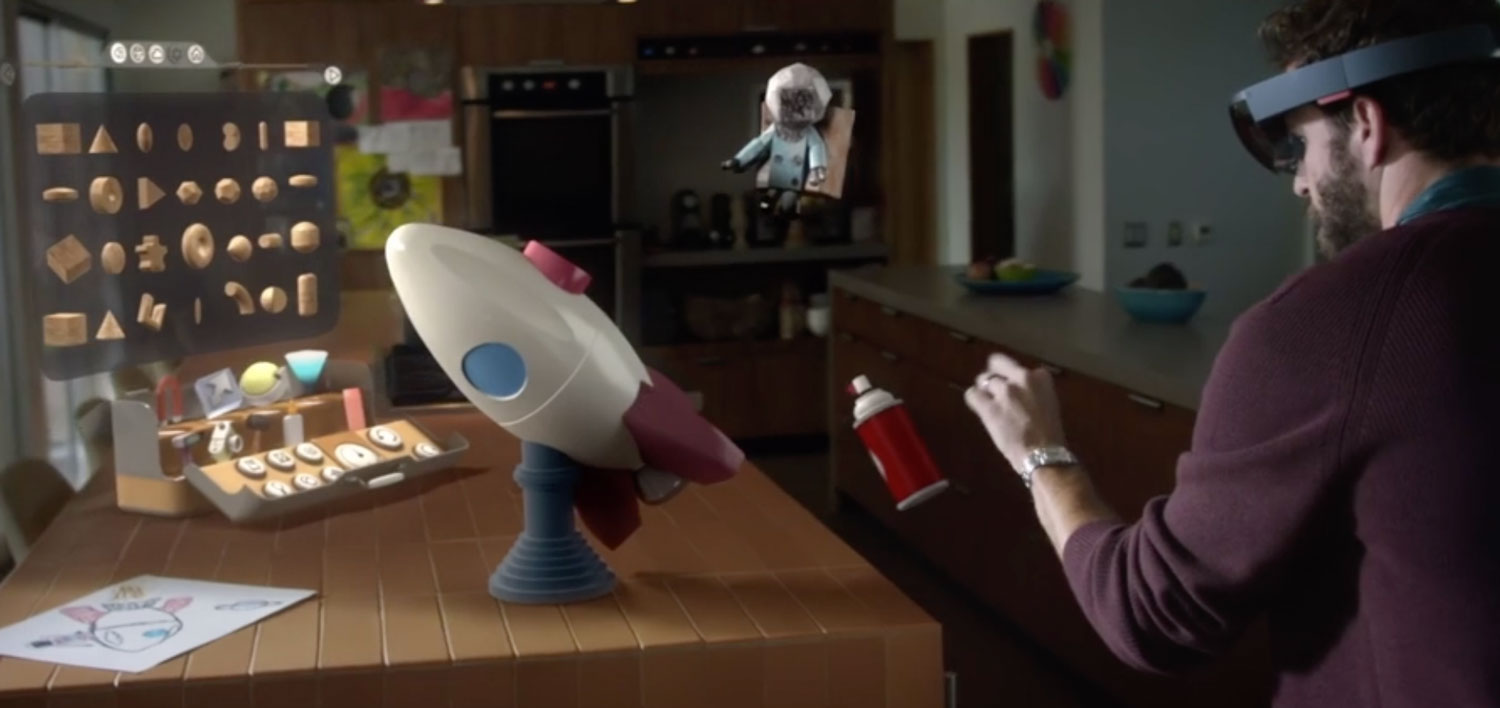
According to a report from MSPoweruser, Microsoft is eyeing a new design that will reduce the number of parts inside the device. The move could allow for a revamped look and feel, of course, but should also bring down the price of the wearable. We don't know yet how low the price could go, but expect it to be cheaper than the current lofty figure.
Exactly when it'll launch, however, is anyone's guess. Microsoft made the somewhat surprising announcement recently that it'll hold a news event at Mobile World Congress in Barcelona on Feb. 24. Microsoft didn't say in the announcement what it will announce, but it did reveal that CEO Satya Nadella, Corporate Vice President of Cloud Julia White and Technical Fellow Alex Kipman will all be in attendance.
MORE: Best VR Headsets
Interestingly, Kipman is the head of Microsoft's mixed reality efforts, which include HoloLens. That's largely the reason a HoloLens 2 unveiling at Mobile World Congress seems likely.
A new design?
Much of what we think we know about the new HoloLens design centers on a patent Microsoft filed and MSPowerUser obtained in January.
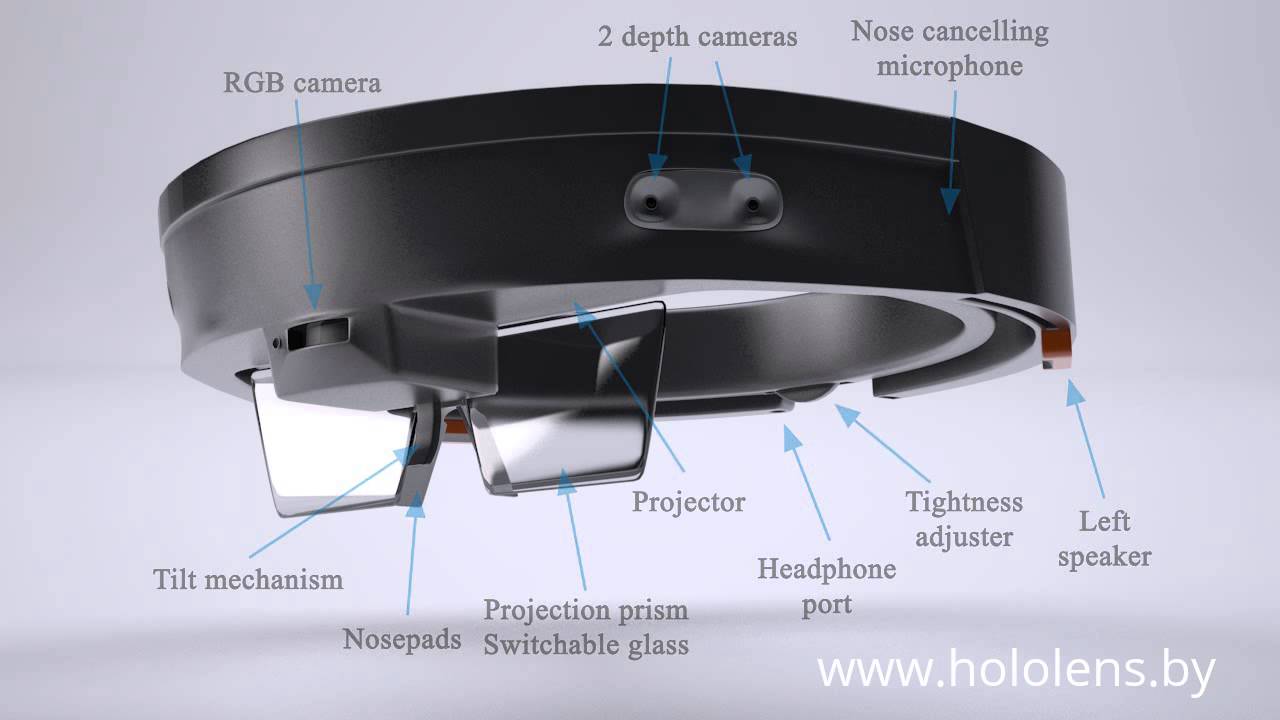
That patent, called "Compact Optical System With MEMS Scanners for Image Generation and Object Tracking," describes a new method for creating holograms using a single light source. The lighting system would also be used to sense depth and recognize gestures.
Since the first-generation HoloLens used multiple components to create the same functionality, it needed more space. The HoloLens 2 would likely be smaller and less bulky. In fact, Microsoft said that the technology would pave the way for "producing compact and lightweight NED devices." NED stands for Near-Eye-Display, a class of products the HoloLens would fall into.
Wider field of view
Microsoft’s first-generation HoloLens was hit hard by criticism that its native field-of-view of just 35 degrees wasn’t adequate. It’s been one of the biggest complaints about the device to date.
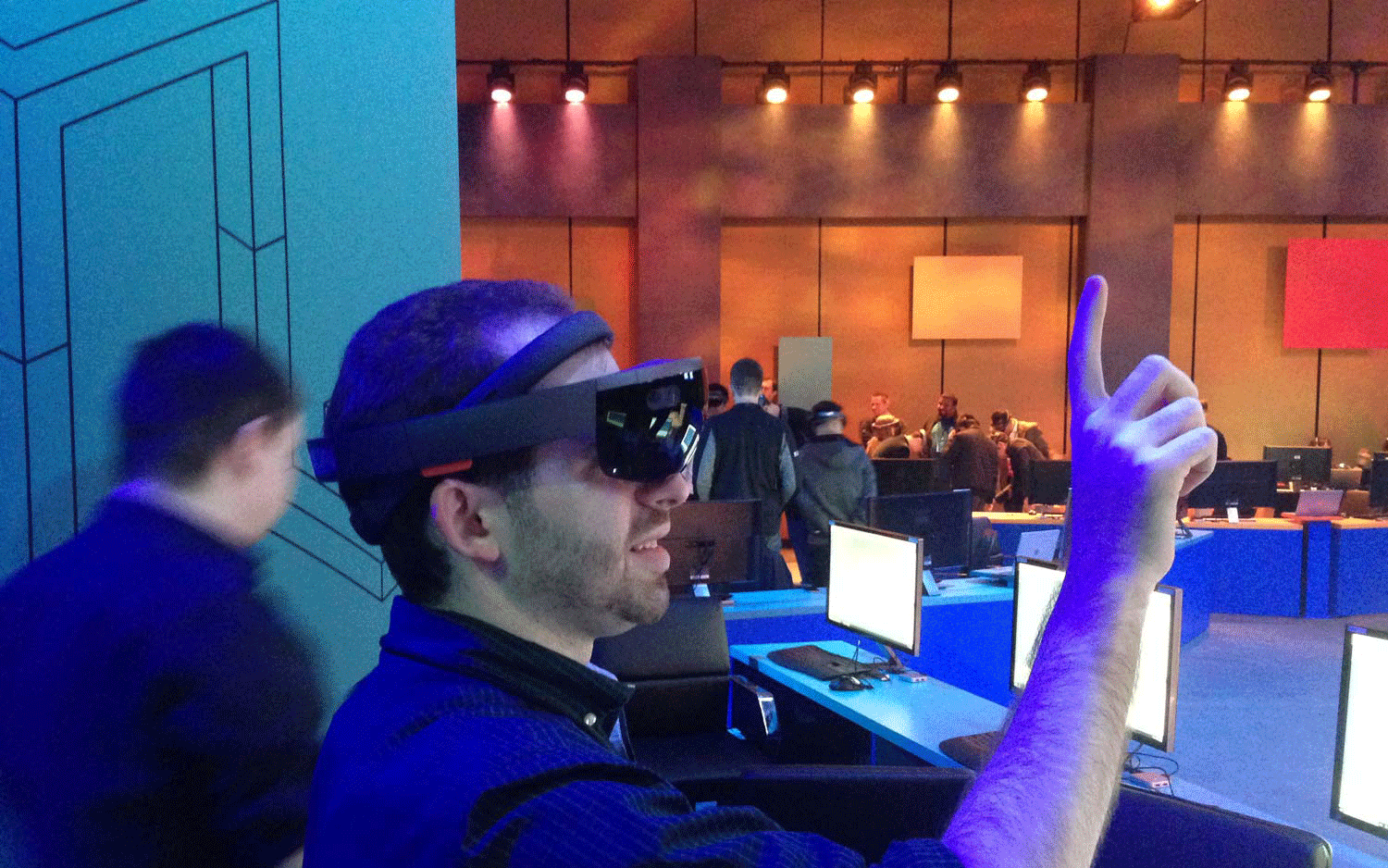
However, a Twitter user going by the handle WalkingCat in 2018 discovered a patent Microsoft filed called “MEMS Laser Scanner Having Enlarged FOV.” The patent describes a method for offering a device like the HoloLens, but expanding its field of view from 35 degrees to 70 degrees. Interestingly, the patent was filed in 2016 and says that the actual embodiment of the technology might have an even wider field of view.
In other words, Microsoft is at least hearing what people are saying and dreaming up ways to get a wider field of view in the HoloLens. Whether it’ll be able to pull it off in HoloLens 2 is unknown.
Qualcomm Snapdragon inside
In a disappointing move for Intel, which powered the first HoloLens, Microsoft is reportedly planning to rely on Qualcomm to power its HoloLens 2.
According to a Neowin report, Microsoft has decided to opt for the Qualcomm Snapdragon 850 Mobile Compute Platform for this year's HoloLens 2. The processor, which is actually designed for notebooks, should be far more power-efficient than the Intel alternatives, according to reports. Additionally, the chip has built-in LTE connectivity for mobile users and will likely offer enough power for any corporate or educational use.
MORE: Qualcomm's Snapdragon 850 Chip Gives Always-Connected PCs a Second Chance
A Microsoft coprocessor
In addition to its built-in processor, Microsoft is also planning a coprocessor that it developed to power the artificial intelligence features in HoloLens 2. In fact, we can confirm that the chip is coming to the HoloLens 2 because Microsoft itself said that it was designing it for the device back in 2017.
Microsoft didn't say too much about the coprocessor at the time, but did say that it'll be designed to run continuously and process data for deep neural networks. In other words, the coprocessor won't handle any of the actual HoloLens computing needs (that's the Qualcomm chip's job), but will be able to interpret relevant information and offer artificial intelligence without relying on an external source, like the cloud, to do it.
A Special Windows 10
According to several reports, Microsoft is working on a custom version of Windows 10 that will run inside the HoloLens 2. We don't know much about the software, but if it's in the works, look to hear more about it at Mobile World Congress.
Get instant access to breaking news, the hottest reviews, great deals and helpful tips.
Don Reisinger is CEO and founder of D2 Tech Agency. A communications strategist, consultant, and copywriter, Don has also written for many leading technology and business publications including CNET, Fortune Magazine, The New York Times, Forbes, Computerworld, Digital Trends, TechCrunch and Slashgear. He has also written for Tom's Guide for many years, contributing hundreds of articles on everything from phones to games to streaming and smart home.
-
s2upid Patent Application 20180255278 submitted by Microsoft, published in 2018-09-06 named "MEMS scanning display device" breaks down the concept and method to design a 1440p capable two-mirror Laser Beam Scanning (LBS) MEMS design.Reply
On April 26, 2018 a company called Microvision announced that they were sampling their next gen two-mirror LBS MEMS Scanner capable of 1440p and 120hz.
Microsoft has published multiple patents that reference designs utilizing this technology that isn't that new, but has never been implemented in a NED since the days of the NOMAD retina display system for the Department of Defense.
Some other notable patents which reference LBS MEMS which describe wide field of views, foveated rendering, and eye tracking through this system can be found below.
* USPTO Applicaton #: 20180176551 - Devices and methods for providing foveated scanning laser image projection with depth mapping
* Patent #: 15467855 - Laser scan beam foveated display
* USPTO Applicaton #: 20180295331 - FOVEATED MEMS SCANNING DISPLAY
* USPTO Applicaton #: 20180314325 - EYE TRACKING USING SCANNED BEAM AND MULTIPLE DETECTORS
Ther's been over 20 patents connecting the technology together. I can't wait to see what Microsoft has come up with.
All patent sources come from the diligent researchers on the "MVIS/MSFT timeline" thread on reddit.
 Club Benefits
Club Benefits





